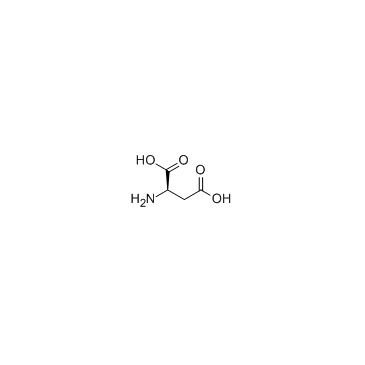Immunohistochemical localization of endogenous D-Aspartate in the marine brown Alga Sargassum fusiforme.
Takehiko Yokoyama, Masafumi Amano, Masae Sekine, Hiroshi Homma, Masaharu Tokuda, Minoru Sato
Index: Biosci. Biotechnol. Biochem. 75(8) , 1481-4, (2011)
Full Text: HTML
Abstract
Immunohistochemical localization (cellular localization) of endogenous D-aspartate in the marine brown alga Sargassum fusiforme was investigated by the use of a specific polyclonal antibody raised against D-aspartate. D-Aspartate immunoreactivity was evident in the medullary layer in the blade of the alga, and weak staining was found in the cortical layer, whereas epidermal cells were found to lack D-aspartate. Within the cells of the layers, immunoreactivity was confirmed only in the cytosol and not in the cell wall, chloroplast, or vacuole. These results suggest that D-aspartate is present in S. fusiforme cells, and excludes the possibility that it is derived from attached or symbiotic organisms such as marine bacteria. This is the first report describing the localization of free D-aspartate in plant cells.
Related Compounds
| Structure | Name/CAS No. | Molecular Formula | Articles |
|---|---|---|---|
 |
H-D-Asp-OH
CAS:1783-96-6 |
C4H7NO4 |
|
Coupling substrate and ion binding to extracellular gate of ...
2007-01-25 [Nature 445 , 387-93, (2007)] |
|
Oral administration of D-aspartate, but not L-aspartate, dep...
2014-07-25 [Life Sci. 109(1) , 65-71, (2014)] |
|
Okibacterium endophyticum sp. nov., a novel endophytic actin...
2015-03-01 [Antonie van Leeuwenhoek 107(3) , 835-43, (2015)] |
|
The prostaglandin EP1 receptor potentiates kainate receptor ...
2014-10-01 [Neurobiol. Dis. 70 , 74-89, (2014)] |
|
D-Aspartate acts as a signaling molecule in nervous and neur...
2012-11-01 [Amino Acids 43(5) , 1873-86, (2012)] |